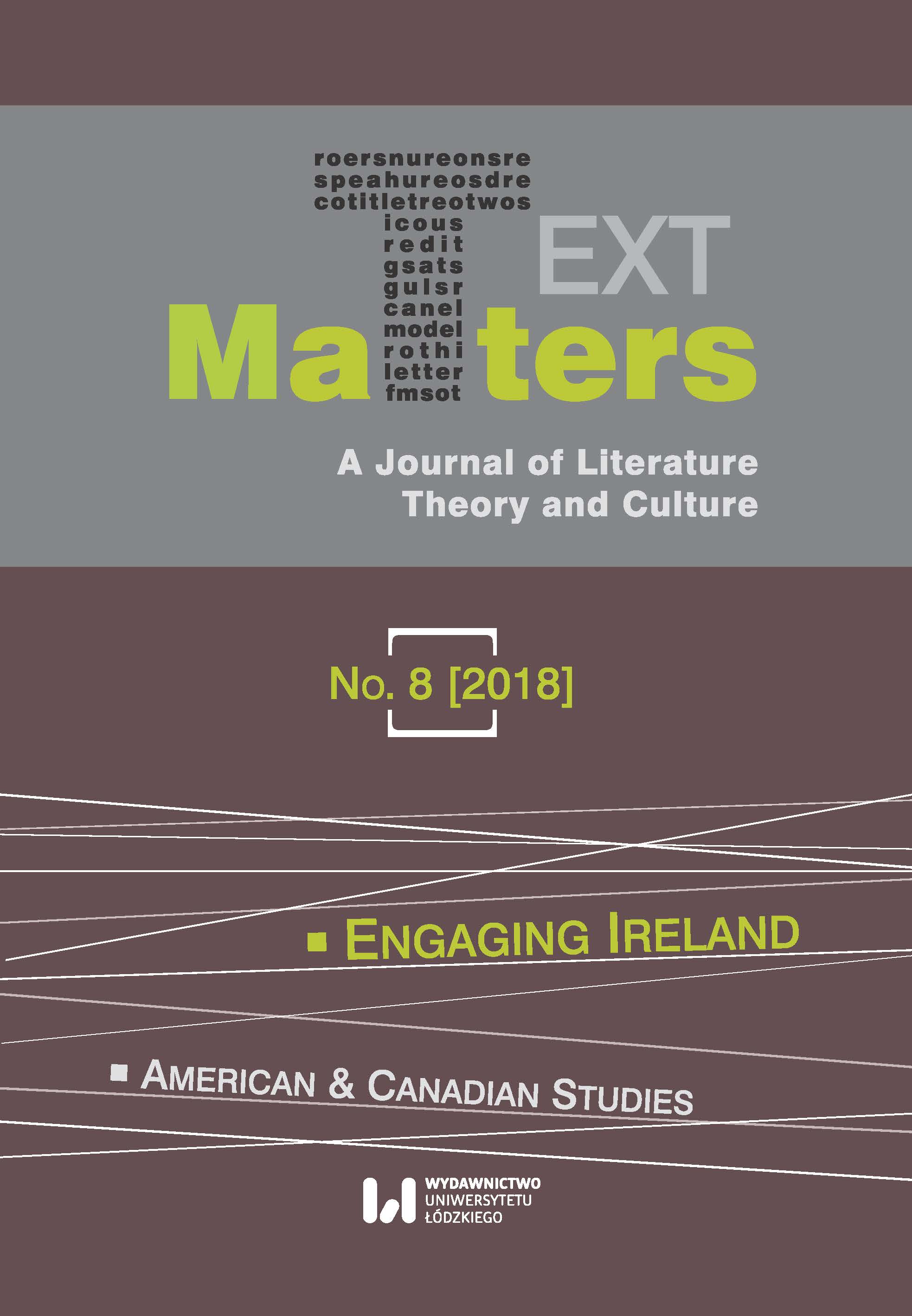Oppressive Faces of Whiteness in Walter Mosley’s Devil in a Blue Dress
Oppressive Faces of Whiteness in Walter Mosley’s Devil in a Blue Dress
Author(s): Klara SzmańkoSubject(s): Studies of Literature, Theory of Literature
Published by: Wydawnictwo Uniwersytetu Łódzkiego
Keywords: Walter Mosley; Devil in a Blue Dress; whiteness; white oppression; white imagery
Summary/Abstract: Walter Mosley’s Devil in a Blue Dress contributes significantly to the literary debate on the definition of whiteness. The socio-historical construction of whiteness emerging from the novel is amplified by white imagery dovetailing with the claims made about white people directly. For the African American first person narrator, Easy Rawlins, living in post-World War II Los Angeles, whiteness mostly spells terror. The oppressive faces of whiteness consist in the following trajectories: property relations, economic exploitation, labour relations, the legal system, different miens of oppressive white masculinity denigrating blackness, spatial dynamics of post-World War II Los Angeles and the white apparatus of power that the narrator needs to confront throughout the novel. White imagery carried to the extreme magnifies the terrorizing aspect of whiteness in the narrative. Like many authors of colour, Mosley associates whiteness with death. Whiteness inundates Easy Rawlins from all sides, entailing insincerity, dishonesty, interestedness and hypocrisy.
Journal: Text Matters: A Journal of Literature, Theory and Culture
- Issue Year: 2018
- Issue No: 8
- Page Range: 258-277
- Page Count: 20
- Language: English

